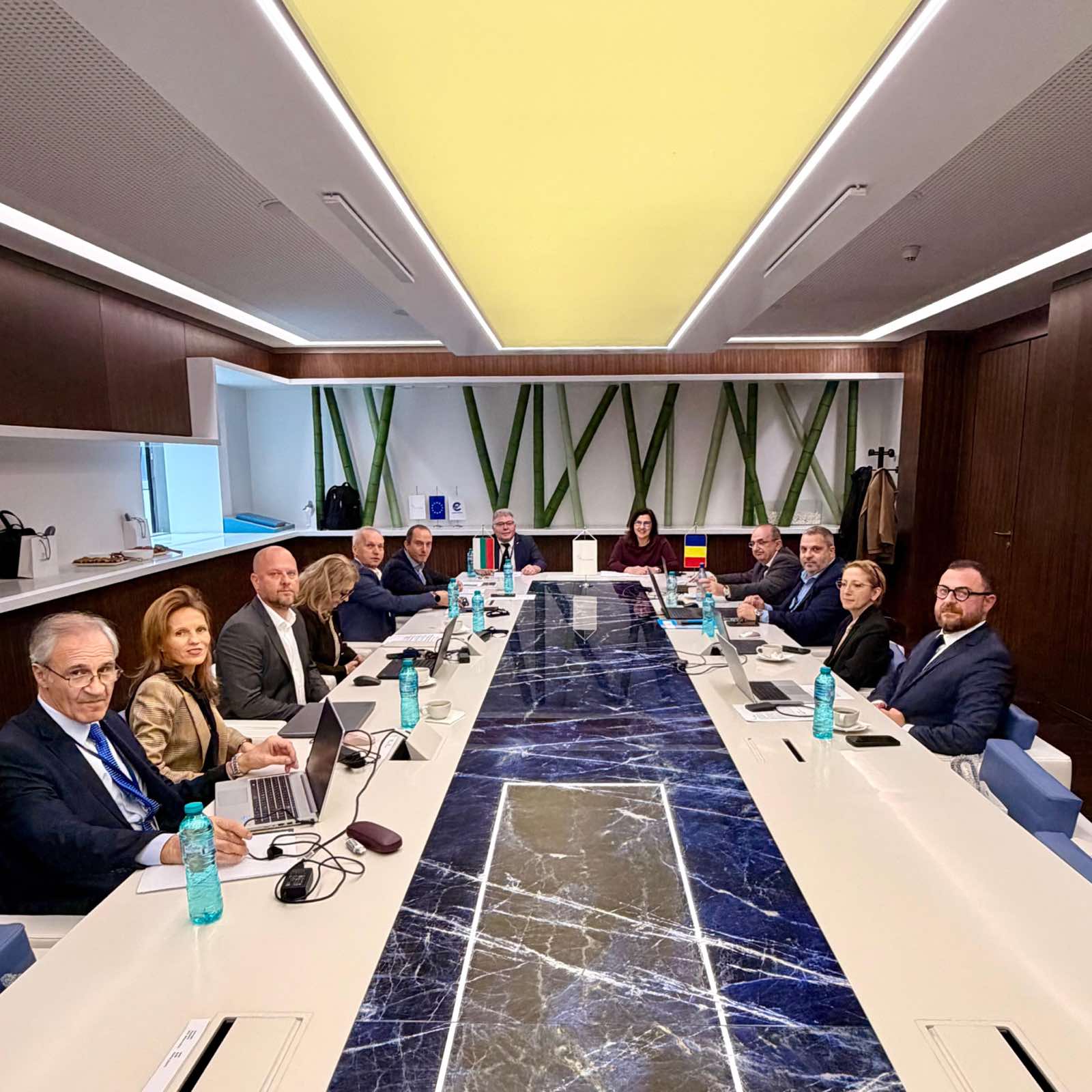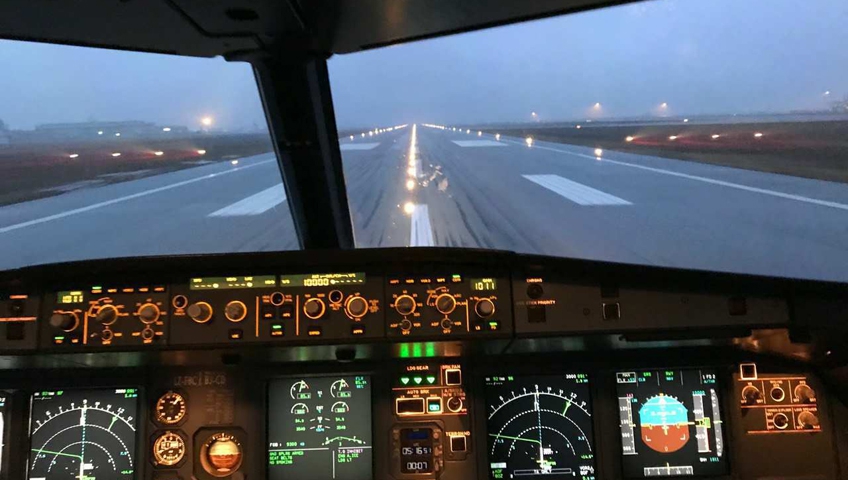The DANUBE FAB Governing Bodies held their eleventh meetings on 21st and 22nd of May 2018 in Bucharest, Romania.
21st of May 2018
The ANSP Board met on the 21st of May in Bucharest for the eleventh time since the creation of DANUBE FAB in December 2012. The meeting was co-chaired by Mr. CARNU Fanica, Director General of ROMATSA and by Mr. Georgi PEEV, Director General of BULATSA.
During the meeting, the members of the ANSP Board discussed on the ATM/ANS service provision related strategic FAB prospects for the next 5 years’ planning cycle, the status of DANUBE FAB procurements, operational activities (e.g. SEEN FRA, seasonal FRA in the Bulgarian airspace, SEEN FRA extension to 24H, LoAs, etc), so as on future technical projects, such as the assessment of the use of space-based ADS-B capabilities in DANUBE FAB.
During the meeting, the members of the Board were also updated on the recent activities of the DANUBE FAB Common Training Board and decided to take advantage of ROMATSA and BULATSA wide experience in the field of training, maintaining the competence and assessment of competence, thus, taking the development of the content and delivery of courses at regional level.
Regarding the FAB external environment, the two ANSPs tackled, among other important subjects, the FAB enlargement, a high priority objective settled for DANUBE FAB, inter-FAB coordination matters and nonetheless the outcome of the DANUBE FAB participation at the sixth World ATM Congress, Madrid 2018.
22nd of May 2018
The DANUBE FAB Governing Council held their eleventh meeting on the 22nd of May in Bucharest, Romania. The meeting was attended by representatives of the Ministries of Transport, Civil and Military Aviation Authorities, National Supervisory Authorities and ANSPs from both countries. Delegates from the Republic of Macedonia were welcomed to the meeting as Observers following the official mandate received at the sixth Governing Council meeting in 2015. The Macedonian delegation expressed their appreciation of the support from DANUBE FAB and their interest to participate in the work of DANUBE FAB on topics of mutual interest.
The members of the Council took note on the NSA Board and ANSP Board reports, the status of current DANUBE FAB procurements and plans for 2018 and the high priority projects under the Annual Plan, including the new template of the planning documents, which were designed to make the documents easier to follow and understand.
During the meeting, the Council’s members analyzed the prospects for the FAB developments, both in political and economic terms, as well as regarding the technical and operational particularities reported by NSA Board and by the ANSP Board. In this context, the Council took note of the status of the recent developments regarding the FAB enlargement. Also, the members of the Council were updated regarding the status of the inter-FAB cooperation and the recent development taken under this platform: the workshops on Volatility in Air Traffic and its impact on ATM Performance, Performance in ATM and Communication.
From an operational perspective, the Governing Council took note of the status of implementation of SEE/SEEN FRA, as well on the on the information provided regarding the seasonal FRA in the Bulgarian airspace.
Following the DANUBE FAB Governing Council meeting, Bulgaria and Romania extended an official invitation to Serbia to join DANUBE FAB with an observer status. Within this initiative and in the framework of an official delegation led by the President of Bulgaria Rumen Radev in Serbia on 21 and 22 June 2018, BULATSA Director General Georgi Peev held discussions with the Serbian ANS provider (SMATSA) on the same topic.
The next round of DANUBE FAB Governing Bodies meetings is planned for autumn 2018 in Bulgaria.


















